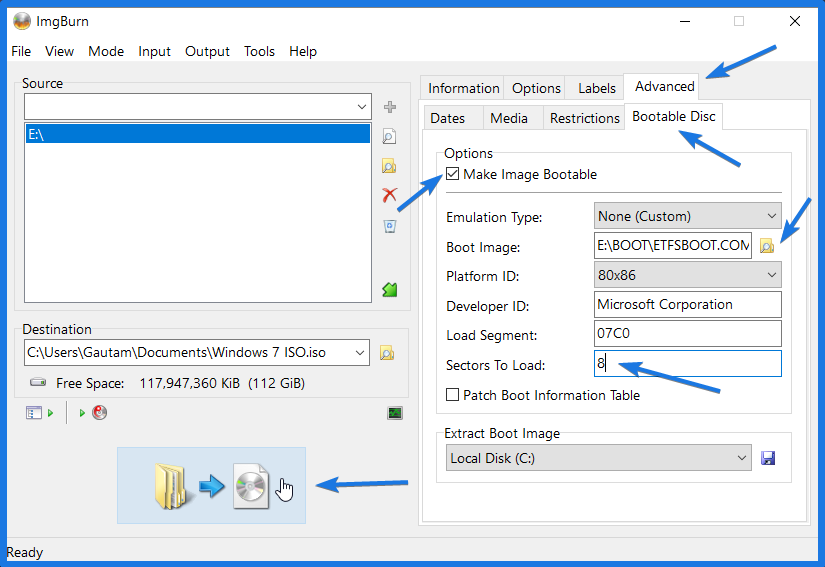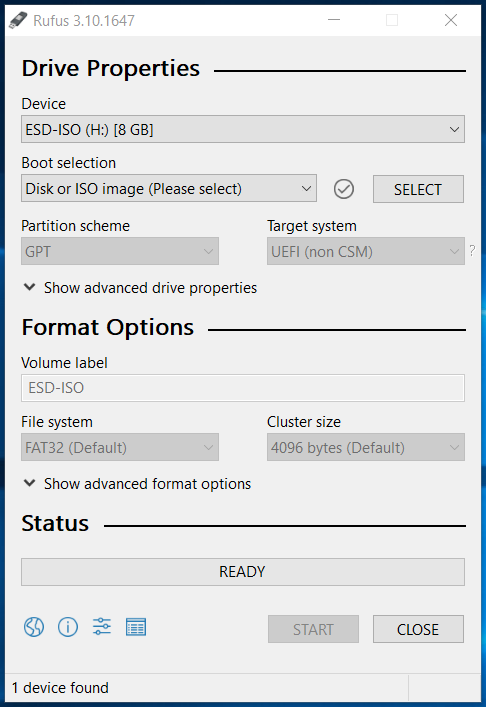

Type y and press ENTER to confirm you want to delete all data on the drive. Now, we’re going to delete all the data on the USB drive using Clear-Disk. $usb = Get-Disk | Where-Object Number -eq 2 You should replace -eq 2 with the number of your USB drive. Let’s create an object ($usb) for disk ‘2’. I know that my USB drive is called ‘Patriot Memory’, so it is disk number ‘2’. Run the command below to list all the USB drives attached to your device: Get-Disk | Where-Object BusType -eq USB | Format-Table -AutoSize Now let’s put the full path of the downloaded file into a variable ($isopath): $isopath = 'C:\Users\Public\Downloads\WindowsServer2019.iso'īefore we can format the USB drive, we need to establish the disk number Windows has assigned it. Make sure the file is called ‘windowsserver2019.iso’ and not ‘’. To rename a file, select it in File Explorer (WIN+E) and then press F2. iso file in C:\Users\Public\Downloads and rename it WindowsServer2019. Give consent or enter an administrator username and password as prompted.Make sure that Windows PowerShell is highlighted in the search results, and in the pane on the right of the Search panel, click Run as Administrator.

Type powershell in the Search box in the bottom left of the taskbar.

Connect the USB drive to your system and then follow the instructions below. We’ll use Windows 10 to create the bootable USB drive. UEFI-based systems cannot be booted from Master Boot Record (MBR) drives. Because most modern server hardware uses UEFI instead of BIOS, we’ll create a bootable USB drive using a GUID Partition Table (GPT). We will wipe the entire contents of the USB drive during the creation process, so make sure any valuable data is backed up. Create a bootable USB driveīefore starting, you will need a USB drive with a capacity of at least 8GB. Regardless of where you obtain your installation media, save the. iso directly from Microsoft or a partner, you can download an evaluation version from Microsoft’s website here. If you don’t have access to the Windows Server 2019. As most modern server hardware comes without a DVD drive, in this article, I’ll show you how to create a bootable USB drive containing the Windows Server 2019 media. Boot media generally comes in two forms: as a DVD or USB drive. Before you can install Windows Server 2019 on physical hardware, you’ll need boot media that contains all the files necessary to install Windows Server.


 0 kommentar(er)
0 kommentar(er)
